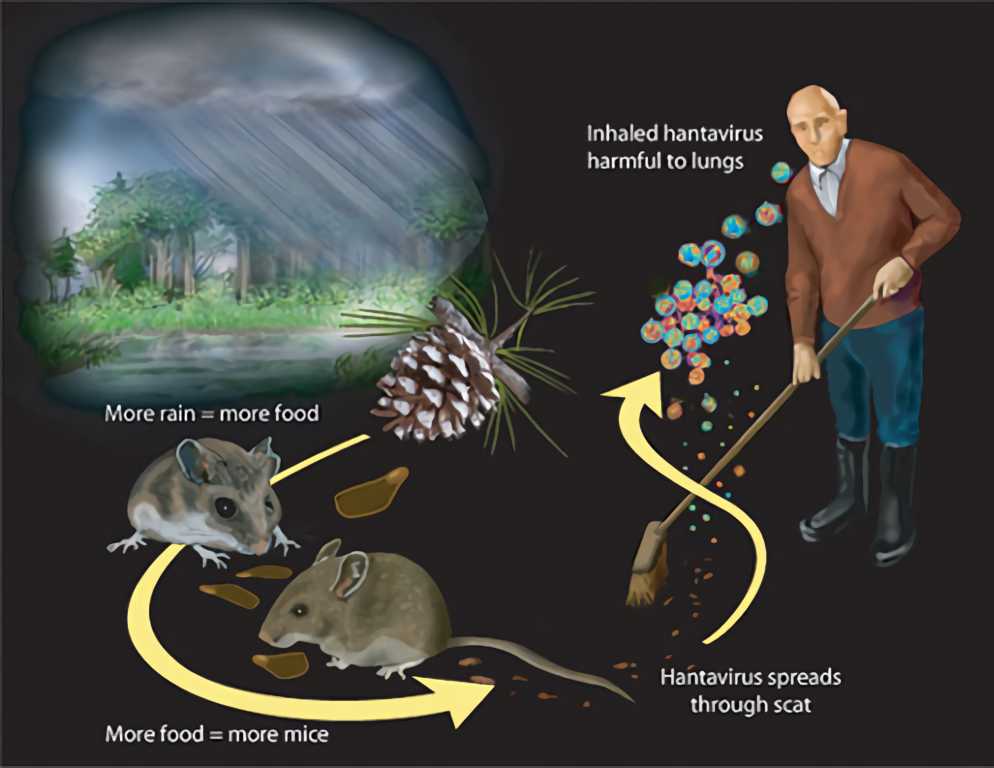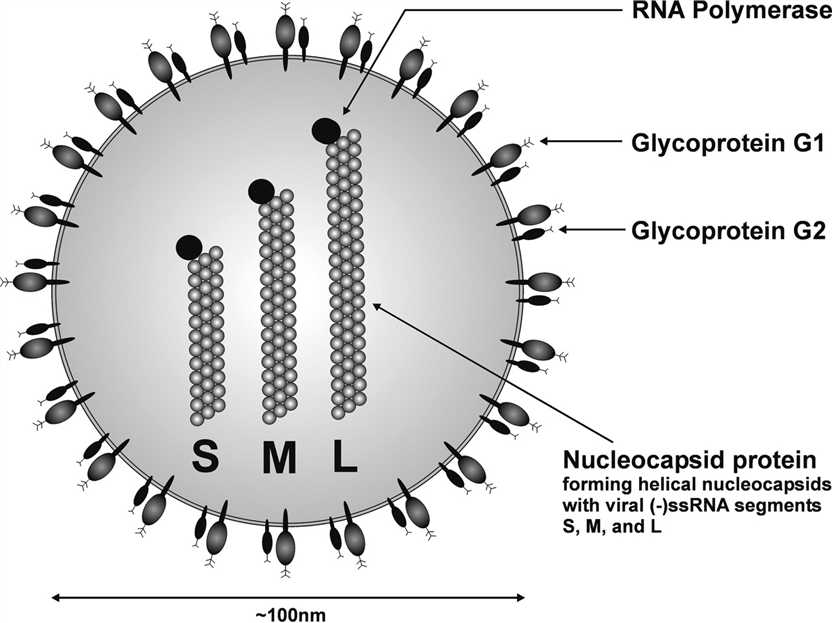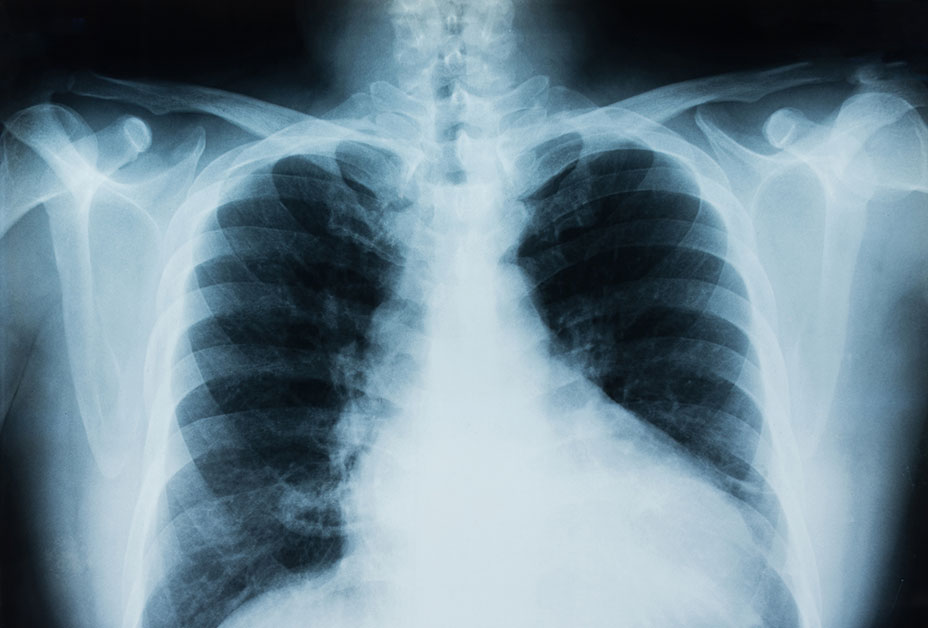ANDV, a type of orthohantavirus, belongs to the family Hantaviridae which consists of 5 genera: bunyavirus, phlebovirus, nairovirus, tospovirus, and hantavirus. This virus was first found in rodent at Andes mountains of Chile and Argentina. ANDV infection is a leading cause of hantavirus cardiopulmonary syndrome (HCPS), hantavirus pulmonary syndrome (HPS), and hemorrhagic fever with renal syndrome/failure (HFRS). ANDV maintains persistent apathogenic infections in rodents and is easily transmitted to humans mainly through inhalation of aerosolized rodent excreta or rodent bites, leading to the occurrence of ANDV-infected diseases. Besides, ANDV is the only hantavirus that is capable of person-to-person transmission.

ANDV is a small spherical virus that is typically 80-120 nm in diameter. It is composed of a lipid envelope, four viral proteins, and three single-stranded, negative-sense RNA segments designated S (small), M (medium), and L (large), respectively. The S RNA encodes the nucleocapsid (N) protein which is the main structural protein, complexed with the viral RNA genome segments to form helical nucleocapsids. The M RNA encodes a polyprotein that is co-translationally cleaved to yield the envelope glycoproteins Gn (formerly G1) and Gc (formerly G2). Gn and Gc proteins determine the highly ordered surface structure of the virion envelope. The L RNA encodes the L protein, which functions as the viral transcriptase/replicase.
 Fig.1 Schematic of hantavirus morphology (Walter et al. 2015).
Fig.1 Schematic of hantavirus morphology (Walter et al. 2015).
ANDV replicates in the cytoplasm of host cells, especially in endothelial cells. The entry of the virus begins when the virion attaches to αVβ3 integrin on the surface of the host cell and subsequently enters into cell via endocytosis. Nucleocapsids are released into the cytoplasm by virion envelope fusing with the endosome membrane in a pH-dependent manner. After that, the viral RNA-dependent RNA polymerase (RdRp) initiates both transcription and replication of the viral genome. L and S segment mRNAs are translated at free ribosomes, while M segment mRNAs are translated at membrane-bound ribosomes and then transported to the Golgi complex for final glycosylation. After viral protein and RNA replication are completed, the virus is assembled and then released via membrane fusion between plasma membrane and virion envelope.

HPS is a severe respiratory disease. The symptoms of the disease are similar to flu symptoms such as fever, cough, muscle pain, headache, nausea or vomiting, diarrhea and lethargy. Early symptoms usually appear around 2 to 3 weeks after exposure. Later stages of the disease (about 4 to 10 days after symptoms start) include trouble breathing, coughing, and even hemorrhagic complications.
HCPS caused by ANDV infection has a case fatality rate of about 25-35% in Argentina and 37% in Chile. In a Syrian hamster animal model, ANDV infection causes lethal disease. And the HCPS symptoms develop quickly from first symptoms to death, characterized by fluid in the pleural cavity and the histopathology of the lungs and spleen.
HFRS, also known as Korean hemorrhagic fever or epidemic hemorrhagic fever, includes a series of clinically similar diseases caused by hantaviruses such as ANDV infection. The characterization of HFRS is systemic involvement of capillaries and venules, inducing various hemorrhagic manifestations and circulation disorders.
The diagnosis of ANDV infection is usually based on clinical and serological symptoms. In general, patients infected with ANDV display some early common systems such as fever, lumbago, renal failure, and recent outdoor activities. The thrombocytopenia is also detectable in the early stage. Furthermore, detection of NP-specific IgM antibodies based on ELISA technique is usually used for laboratory diagnosis of acute hantavirus infection. Recently, immunochromatographic assays and reverse transcriptase-PCR is also applied for diagnosis of hantavirus infections, but they have not yet become widely accepted as standard clinical laboratory tests.
ANDV is more likely to be found in rodents and can spread quickly and easily . Hence, people should avoid the areas where large rodent populations live, thereby averting contact with virus-containing rodent excretions. In addition, injecting vaccine against hantaviruses is an effective strategy to prevent people from infection. Increasing researches have been launched to develop an effective and safe vaccine against hantaviruses. A formalin-inactivated HTNV vaccine, Hantavax (Korea Green Cross, Seoul, Korea), is commercially available, which is generated from rodent brain-derived virus.
Reference: